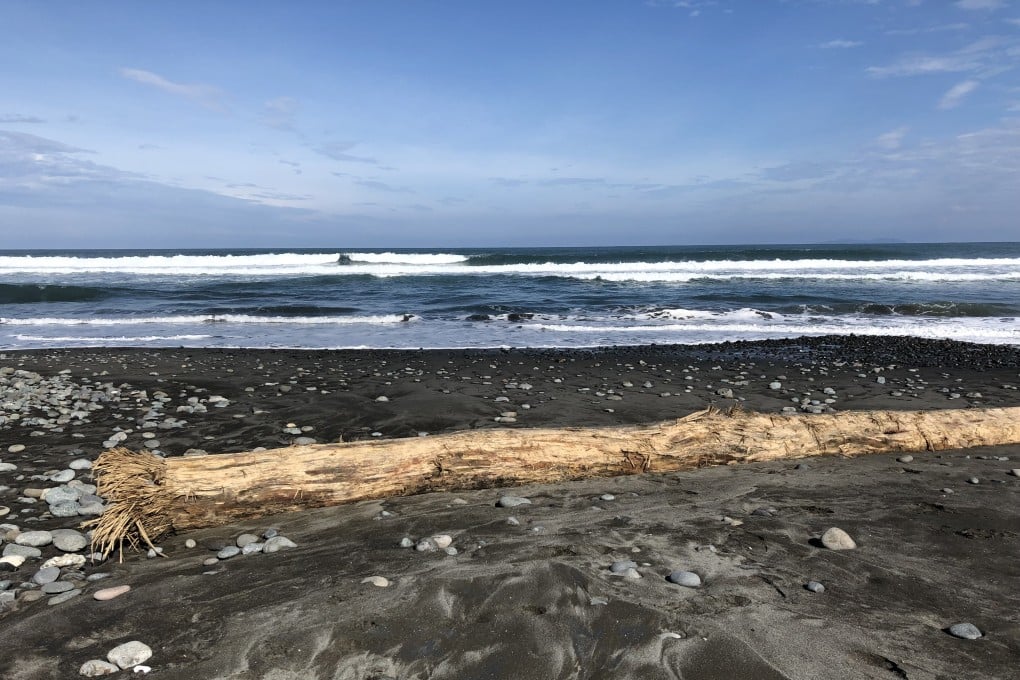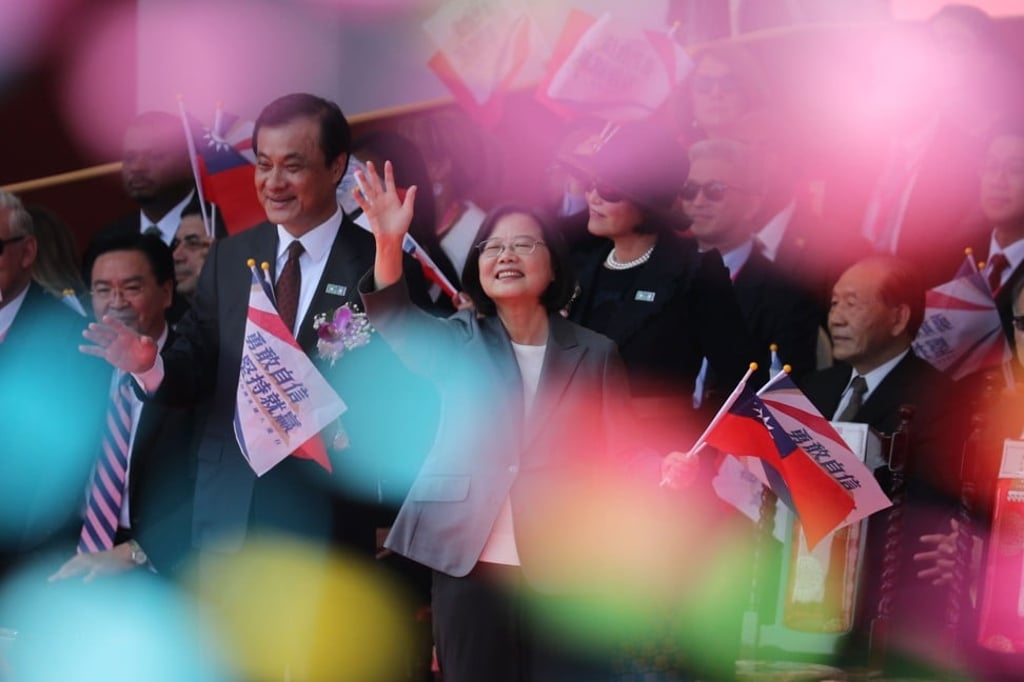Destinations known | Mainland Chinese tourists are staying away from Taiwan, but the self-ruled island doesn’t seem to mind
- Beijing’s ban on solo travellers to Taiwan likely to see visitor numbers fall by 700,000
- Impact expected to be limited as the self-ruled island has started to focus on alternative markets, such as Thailand, Vietnam and India

On a recent trip to Taiwan, this writer travelled south from the laid-back capital, Taipei, to Dulan. The most remarkable thing about the town (population: 500) was not the wild waves, which decorated the expansive black sand beach with decaying tree trunks and innumerable smooth stones, nor the lush landscape bearing bounties of dragon fruit, bananas and papayas, but an almost complete lack of tourists. At a hostel staffed by travellers from Europe and South America who exchanged their bed-changing or beer-pouring abilities for board, the volunteers outnumbered the guests. It was glorious.

Constraints on independent travel to the island, which China considers a wayward province awaiting reunification, were relaxed for Chinese nationals in 2011, when Taiwan was ruled by Ma Ying-jeou, of the Beijing-friendly Kuomintang party. The year 2015 saw 4.1 million mainland arrivals, constituting a significant proportion of Taiwan’s 10.4 million total visitors, according to Tourism Bureau data.
However, Beijing limited group travel to Taiwan ahead of Tsai’s inauguration, in May 2016, and mainland visitor numbers have been in decline ever since. In spite of this, total international arrivals have slowly but steadily increased year on year, suggesting that Taiwan is not all that reliant on the mainland market to keep its tourism industry afloat.
